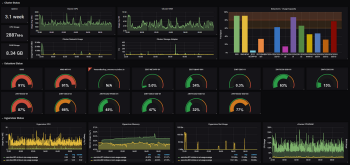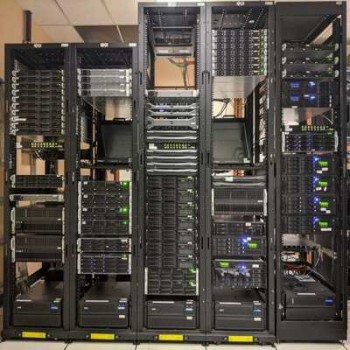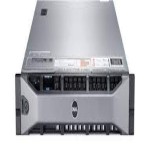Windows 10 Pro Build 1803 unable to join 2008/2003 Domain

Scenario:
Active Directory Domain Controller
- Domain Controller 1 = Windows 2008 R2
- Domain Controller 2 = Windows 2003 R2
- Domain Name = MYCOMPANY (Single Label Domain)
- Functional Level > Windows Server 2003
Clients:
- Mix of Windows 7 Pro / Windows 10 / Windows 2008
Problem #1
Recently we downloaded latest build of Windows 10 Pro Edition 1803. After its deployment on client, we tried to join one test PC to the company domain but failed to do so with below error …

1 2 | Ac active directory domain controller (AD DC) for the domain "MYCOMPANY" could not be contacted.Ensure that the domain name is typed correctly. |
Previous version of windows 10 were already joined with the domain properly. but only this new build version 1803 is not able to join domain. I can ping domain controller names via effected clients. nslookup working ok.
Workaround:
Proper Solution:
- If you are using Single Label Domain , then rename it with full FQDN naming. joinging with full FQDN will sort the issue.
- Upgrade 2003 DC’s to 2008 at least and raise functional level to Windows 2008,
Or better to move to Windows 2012/2016 DC.
but if above suggestions are not doable like in my case, then follow below workaround as a temporary workaround,
Edit registry and add AllowSingleLabelDnsDomain . Full details as below ,
Open REGEDIT
Find this subkey
- HKEY_LOCAL_MACHINE\SYSTEM\CurrentControlSet\Services\Netlogon\Parameters
Locate this > AllowSingleLabelDnsDomain.
If the key AllowSingleLabelDnsDomain does not exist, then create , New DWORD (32 bit)
- DWORD Key Name: AllowSingleLabelDnsDomain
Double click AllowSingleLabelDnsDomain
Set the Value to 1
- AllowSingleLabelDnsDomain > 1
Exit regedit
Reboot Windows 10
Now try to join the AD domain.
Hopefully it will work, At least in my case it did 🙂
Problem #2
SMBv1 is not installed by default in Windows 10 Fall Creators Update and Windows Server, version 1709 and later versions
Open CMD (with Admin Rights)
Open Powershell by powershell command
& issue following command








